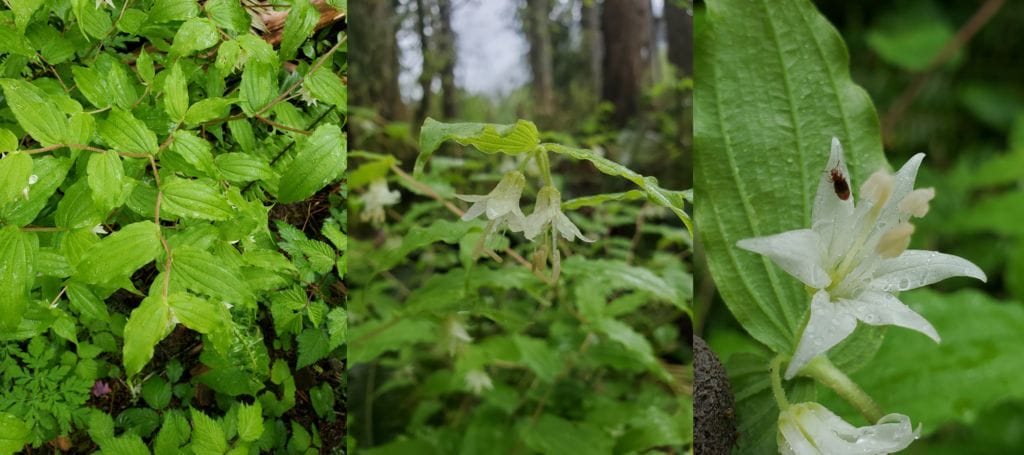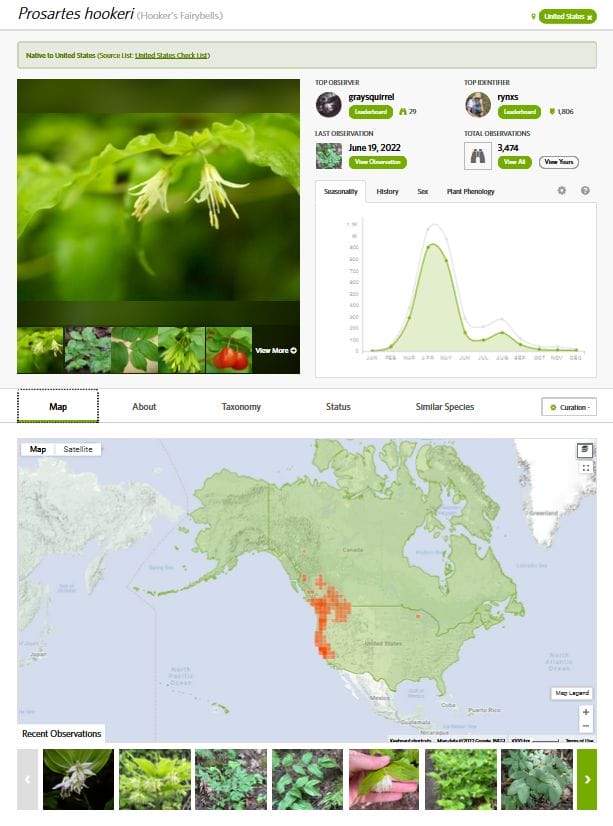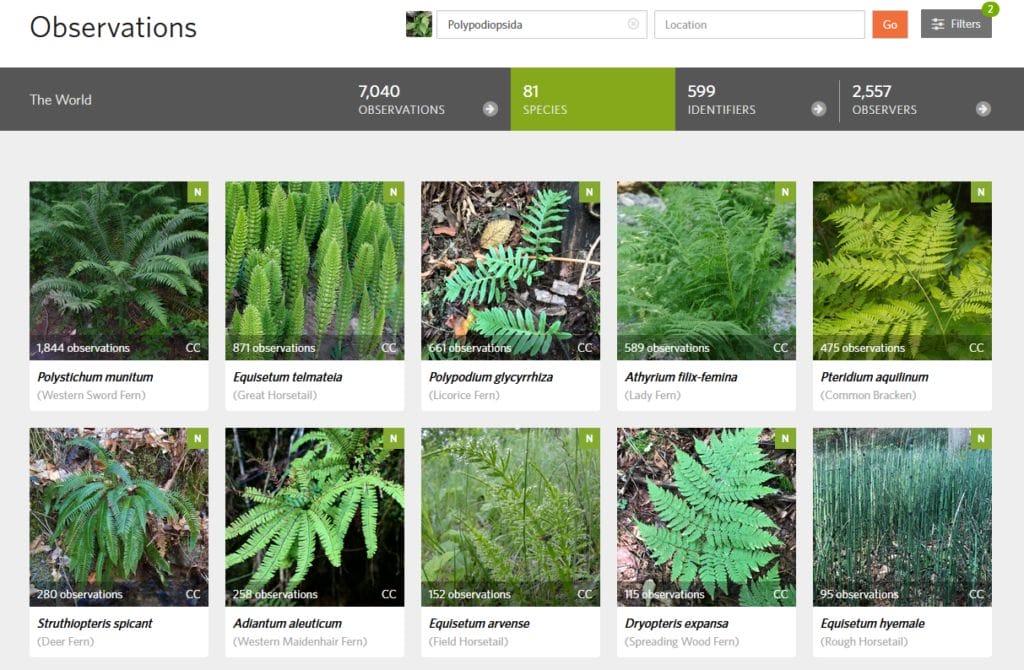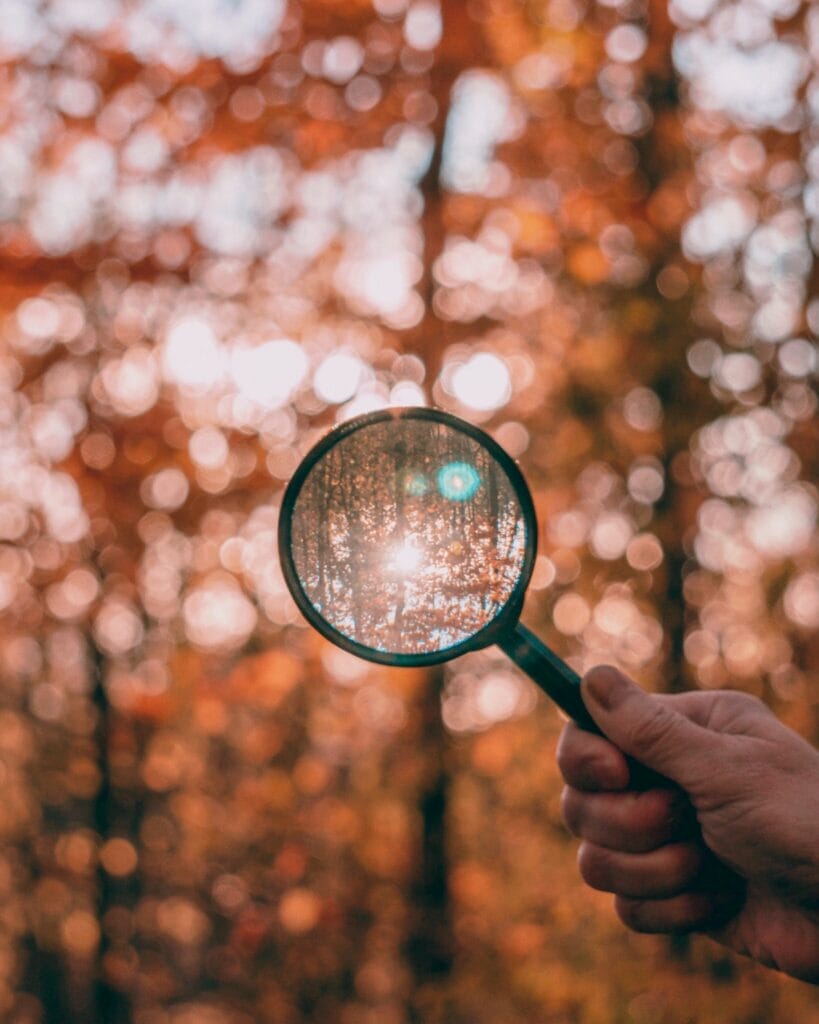Using iNaturalist to Learn and Connect in the Greenway
With the arrival of summer sun comes mysterious new plants popping out of the ground. Where soil was bare just months ago, plant life abounds. But who are these returning neighbors and how might we best greet them?
Learning their names can help understand the place that each being has on the land. Names allow us to research the interconnections that entangle us all and enable our very existence. But to learn to recognize every creature we share the land with would take a lot of books—or just a single app.
Introducing iNaturalist
iNaturalist, iNat for short, is a community of folks documenting the plants, animals, fungi, and even single cellular organisms that they encounter in their lives. The nifty application available free on the Apple App Store, Google Play Store, or web browser allows users to post observations, upload pictures of organisms, and identify the observations made by other users.
Making Observations
First, take a picture. The more detailed and clear the better. Sometimes multiple pictures help, too. Try different angles and to capture multiple unique features. If identifying a plant: flowers, leaves, and bark all help. Next, either use iNaturalist’s built in algorithm that instantly suggests the species in the picture or wait for a community member to suggest a possible match. The iNaturalist website has guides for taking quality observations. If your observation doesn’t get identified right away, be patient—it can sometimes takes weeks before another user will offer a suggestion. In the meantime, you can browse the observations made by others within the Mountains to Sound Greenway National Heritage Area (Greenway NHA) and begin to familiarize yourself with the 8,900 species spotted so far.

Learning More

iNaturalist hosts a wealth of information on just about every organism there is. Once you’ve received an identification for your observation, you can go to the species page and access additional information. For example, you can view observations made by other users to improve your ability to recognize and identify the species. There are also links to other sites to read about the organism like Wikipedia, the USDA PLANTS database, and other guides.
Even if you aren’t making observations, iNaturalist can be a helpful tool for learning more about your environment. For Greenway Trust staff, the Greenway iNaturalist project allows us to better familiarize ourselves with the plants and animals we’re likely to see in the field.
Ferns aren’t the easiest to tell apart, but the project allows you to see which are most frequently observed within the boundaries of a specific area, in this case the Greenway NHA. Instead of having to try to match the fern you’re seeing to one of dozens in a plant guide, the project narrows down the possibilities to the most likely options given the location specified. Best of all, every observation you make while in the Greenway NHA is automatically added to the project, which helps us learn more about the land that we live, work, and play on. So whether you’re an avid birder who wants to know where they can find a particular species, or a beginner trying to learn the 10 most common birds of the Greenway—the Greenway iNaturalist project is worth a browse.

Improving Information Access
While guided hikes and interpretive programming offer engaging ways to learn, sometimes they just don’t fit into your schedule. iNaturalist empowers you to plan your own educational foray at a time and in a place that suits your needs. Don’t forget that the Greenway NHA encompasses urban spaces too. With the app as your guide, your walk to the bus stop can introduce you to new plants. If you still want the community that comes with a group outing, consider attending a BioBlitz—a communal iNaturalist observe-a-thon.
Contributing to Citizen Science
iNaturalist isn’t just a good time: it’s citizen science. Scientists, researchers, and policy makers all utilize the data you collect. For example, King County Noxious Weeds uses observations to monitor the distribution of target species throughout the region, Forest Health Watch tracks the health of Western Red Cedar trees, and the US Forest Service integrates iNaturalist data into its land management decisions.
Being Mindful

Using iNaturalist trains you to notice the ever-present, diverse forms of life that surround you: the spider in the windowsill, the bird in the park, the plants growing through the curb. You’ll soon come to see that, like it or not, you are never alone. Awareness that you are enmeshed within a community of living beings can promote feelings of gratitude and mindfulness. Documenting requires stopping, seeing, observing, and perhaps a sense of wonder. With ecological knowledge, “trees” become “big leaf maples” that host epiphytic mosses and licorice ferns—an inspiring picture of collaboration and interdependence. Becoming attuned to these phenomena can lay the foundation for a sense of place. With your new superpower of noticing, you can cheer on the ripening salmonberry or gawk at a particularly notable Pacific Madrone.
Ultimately, it’s not about documenting every organism you see, but using iNaturalist as an entry way into new ways of seeing and being. While technology has the capacity to isolate, it can just as easily bring us into community, not only with one another, but with the more-than-human world too.





